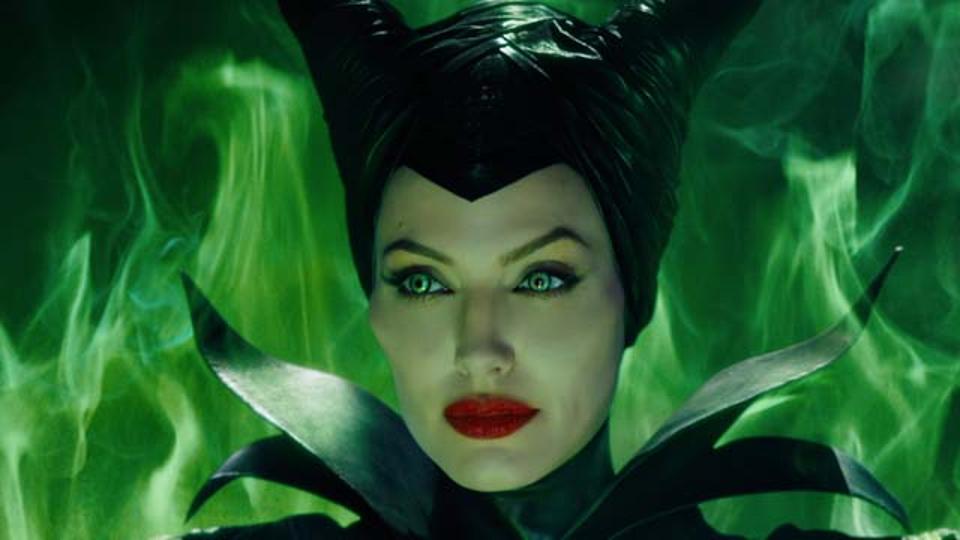 In 1959 the world was introduced to one of film’s great villains: Maleficent, an evil fairy who curses Princess Aurora, otherwise known as Sleeping Beauty. She was reviled and hated for generations . . . until this past weekend. With Disney’s latest adaptation (with Angelina Jolie playing Maleficent), we’re introduced to a new side of Maleficent. (Don’t worry, no major spoilers ahead).
In 1959 the world was introduced to one of film’s great villains: Maleficent, an evil fairy who curses Princess Aurora, otherwise known as Sleeping Beauty. She was reviled and hated for generations . . . until this past weekend. With Disney’s latest adaptation (with Angelina Jolie playing Maleficent), we’re introduced to a new side of Maleficent. (Don’t worry, no major spoilers ahead).
Watching the movie, the viewer is introduced to something previous generations never got to see: Maleficent’s backstory. There was a good reason why she turned so evil. The goal of this reimagination of the Sleeping Beauty story is to get the viewer to sympathize with the villain by giving the context which led to her fateful decision to curse the heroine. It succeeded beautifully and I would recommend the movie to any fan of the original film.
In processing the movie, I realized there is an incredible lesson to be learned for the church: many of the ‘villains’ outside the church that we’re so quick to judge and condemn may not in fact be villains if we took the time to learn their backstory, the context which led them to the choices in their lives. Like Maleficent as the stereotypical villain, churches too often label and prejudge people based on their race, socioeconomic status, or lifestyle. We see a tattoo, a nose ring, a divorce and automatically condemn someone into a prejudged category.
But what circumstances led them to their lot in life? What tragedies befell them? What decisions outside their control helped lead them down a destructive path? Finding out someone’s backstory doesn’t necessarily excuse a person’s behavior, but it helps explain it.
One thing I appreciate about Maleficent is that it didn’t try to turn her into a saint. She’ll never be one. But it helped us sympathize with her, giving us context into her tragic choices and in the end, rooting for her redemption.
How many people out there need the church to understand their backstory and root for their redemption?











